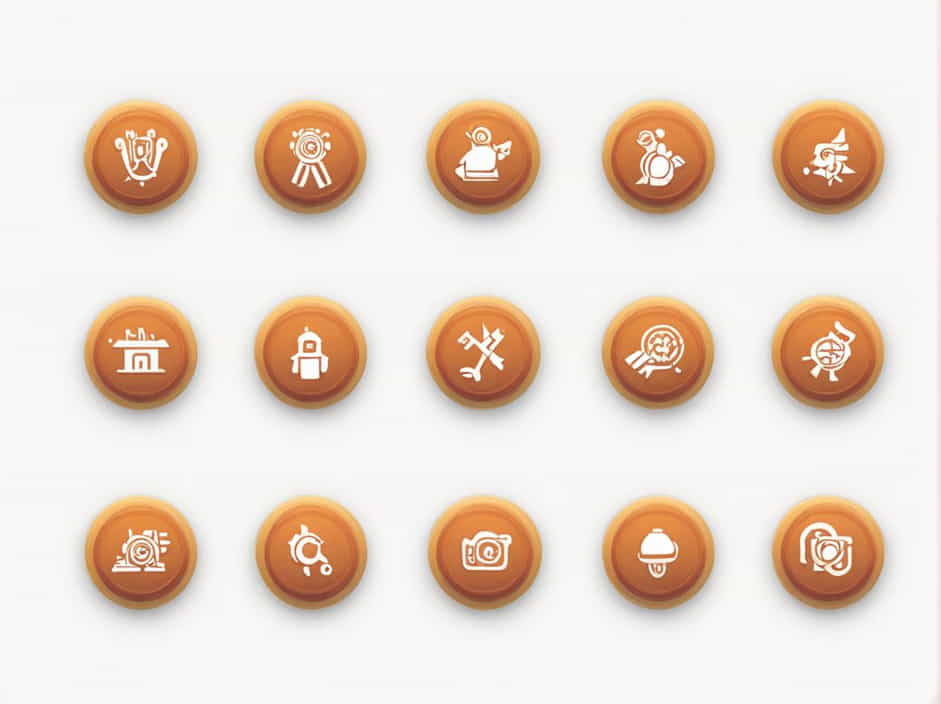The Chimú culture, which flourished on the northern coast of present-day Peru between 900 and 1470 AD, was one of the most advanced civilizations in pre-Columbian South America. Among their many achievements, metalworking stood out as a defining aspect of their craftsmanship. The Chimú metallurgy was highly sophisticated, producing exquisite gold, silver, and copper artifacts that showcased both technical skill and artistic expression.
In this topic, we will explore the metalworking techniques, materials, tools, and cultural significance of Chimú metallurgy, shedding light on this remarkable tradition that still influences Peruvian craftsmanship today.
Materials Used in Chimú Metallurgy
The Chimú metallurgists worked with various metals, primarily:
1. Gold (Oro)
Gold was highly valued by the Chimú elite and used mainly for ceremonial objects, jewelry, and religious artifacts. The metal was hammered, cast, and gilded to create stunning decorative pieces.
2. Silver (Plata)
Silver was another precious metal commonly used by Chimú artisans. Unlike the Incas, who preferred gold, the Chimú often favored silver due to its association with the moon, water, and fertility.
3. Copper (Cobre)
Copper was widely available and often mixed with other metals, such as gold and silver, to create alloys like tumbaga. These alloys enhanced the durability and versatility of metal objects.
4. Bronze (Bronce)
By combining copper and tin, the Chimú developed bronze, which was used for tools, weapons, and everyday objects.
Chimú Metalworking Techniques
The Chimú metalworkers mastered several techniques to shape and decorate their creations. Some of the most important methods included:
1. Hammering and Repoussé
Metal sheets were hammered into thin layers and then shaped into desired forms. The repoussé technique involved creating intricate designs by hammering the reverse side of the metal.
2. Casting (Moldeo por Cera Perdida)
The lost-wax casting method was commonly used to create hollow or solid metal objects. This technique allowed for detailed and intricate designs, particularly in figurines and jewelry.
3. Gilding (Dorado por Fusión y Laminado)
A unique aspect of Chimú metallurgy was gilding, a technique where thin layers of gold were fused onto copper or silver surfaces. This process allowed the Chimú to create gold-like objects using less gold, making it more economical.
4. Soldering and Riveting
Metal pieces were joined together using soldering and riveting, enabling the creation of larger and more complex artifacts, such as ceremonial masks and crowns.
5. Engraving and Embossing
Intricate designs were engraved or embossed onto metal surfaces to depict mythological scenes, animals, and deities.
Chimú Metal Artifacts and Their Cultural Significance
The Chimú metalworkers produced a wide range of artifacts, many of which had ceremonial, religious, or decorative purposes. Some of the most notable metal objects included:
1. Jewelry and Personal Adornments
The Chimú nobility wore gold and silver earrings, necklaces, bracelets, and nose rings to signify their high social status.
2. Ceremonial Masks and Crowns
Elaborate gold and silver masks were created for rituals and burials. These masks often featured intricate animal motifs, human faces, and divine symbols.
3. Tumis (Ceremonial Knives)
One of the most famous Chimú artifacts is the tumi, a crescent-shaped ceremonial knife made of gold, silver, or bronze. It was used in ritual sacrifices and important ceremonies.
4. Religious and Mythological Figurines
Metal figurines of gods, warriors, and animals were created as offerings to sacred sites and temples. These objects reflected the Chimú’s deep connection to nature and spirituality.
5. Utility Objects and Tools
Beyond decorative and ceremonial items, the Chimú also crafted functional metal tools, such as fishhooks, needles, and chisels, demonstrating their practical applications of metallurgy.
The Influence of Chimú Metallurgy on Later Cultures
After the Inca conquest of the Chimú Empire in 1470 AD, Chimú metalworkers were integrated into the Inca imperial workshops. Their advanced techniques influenced Inca metallurgy, and many Chimú artisans were taken to Cusco to work for the Inca elite.
Even today, modern Peruvian artisans draw inspiration from Chimú metalworking techniques, keeping this ancient tradition alive through contemporary jewelry and decorative metalwork.
The Chimú civilization was a pioneer in South American metallurgy, creating stunning gold, silver, and copper artifacts with advanced techniques. Their expertise in hammering, casting, gilding, and engraving allowed them to produce objects of great beauty and cultural significance.
Although the Chimú Empire was absorbed by the Incas, its metalworking legacy continues to inspire modern artisans in Peru. The Chimú metallurgy remains a testament to the creativity, innovation, and craftsmanship of one of the most remarkable civilizations in ancient Andean history.
